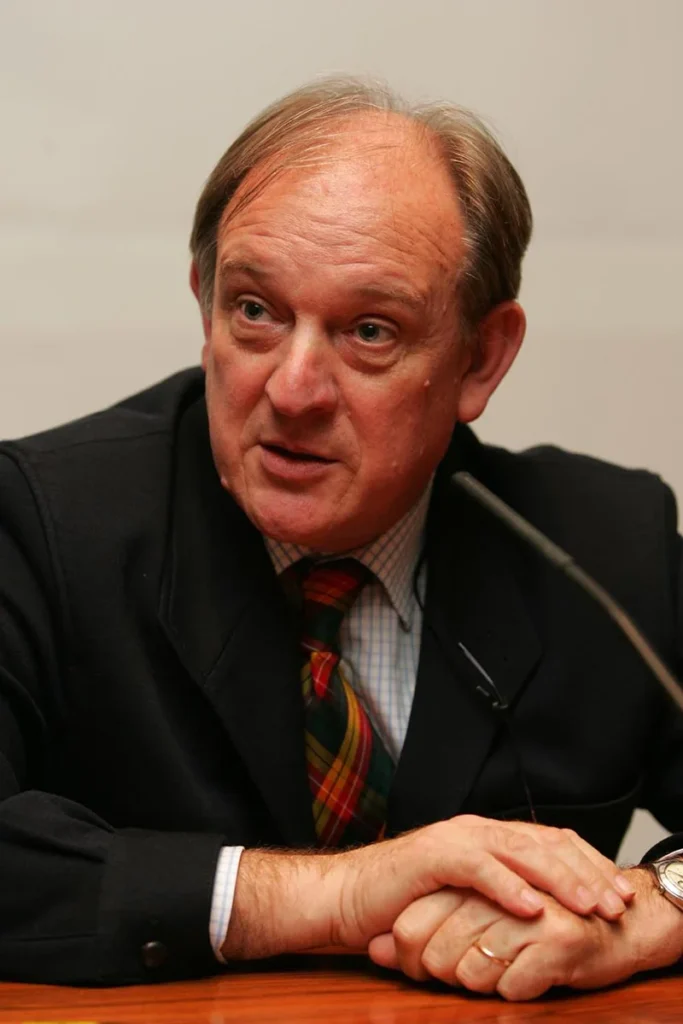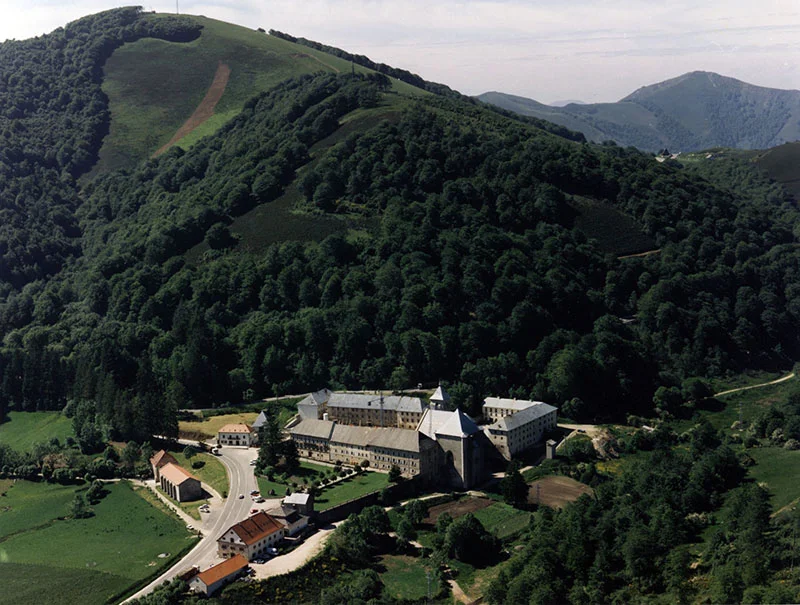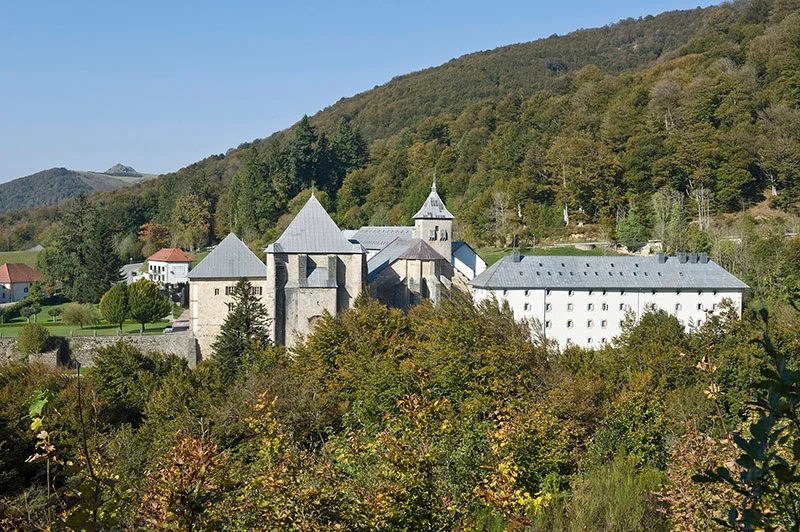Portada » Initiatives » Awards » Rafael Manzano Prize » Awardees » Leopoldo Gil Cornet
Rafael Manzano Prize
2012



Born in Barcelona on the 17th of February 1952, Leopold Gil Cornet studied a Degree in Architecture at the School of Architecture in Barcelona and the University of Navarra’s School of Architecture, from which he graduated in 1978. His father, who was also the architect Leopoldo Gil Nebot and Francisco de Inza Campos (Curro Inza), in whose studio Cornet worked when the latter had died at the young age of forty-seven, both infected him with their passion for architecture and for teaching it.
Since 1986, Leopoldo Gil Cornet has been an architect of The Heritage Preservation Service of the General Directorate of Culture- Institución Príncipe de Viana of the Government of Navarra from which he has looked out for Navarre’s rich architectural heritage for decades. He has also been a professor at the School of Architecture in the University of Navarra since 1985, where he has taught History of Architecture for a long time, becoming the Coordinator of this Specialization in Restoration and Rehabilitation of Architecture since 2000.
Throughout his long professional career, he has overseen restoration and conservation works for numerous monuments of Navarra, receiving various national and international awards for them. Among these monuments are the church of San Andrés de Learza (1987-1988 y 1992-1993); las torres medievales del Señorío de Ayanz (1989-1990 y 1998-2000) and of Úriz (2006-2010), rehabilitating the latter into a rural hotel; el Acueducto de Noáin (1990-2000); el Puente de Reparacea en Oyeregui (1991-1992) y el Puente de las Cabras de Lumbier (2001); la Iglesia del Santo Sepulcro de Torres del Río (1993-1994); la iglesia del Castillo de Peña (2000-2001) la iglesia del antiguo Monasterio de Yarte (2002-2006); the monumental complex of Santa María de Ujué (2001-2011); la Iglesia de Santa María de Zamarce (2002-2005); the Frente de Francia on the city walls of Pamplona (2000-2009), which won the Europa Nostra Prize in 2012; the façade of Iglesia de Santa María la Real de Sangüesa (2005-20010); and la Real Colegiata de Roncesvalles, where in the long period between 1982 and 2012 he has been restoring and rehabilitating the various buildings which make up the whole complex.
The beauty, quality and rigour of these last interventions enabled him to become, in 2012, the first architect to receive the Rafael Manzano Prize.
His undertakings in the ensemble of the la Real Colegiata de Roncesvalles have not only enhanced its artistic and documentary values but have embellished a cultural landscape of highly symbolic and intangible content. It has expanded and spread scientific knowledge of the monument, but moreover, by recovering its functionality, has provided work to the population of the area and contributed to the preservation and continuity of traditional trades (masonry, carpentry, stonework…). This has also contributed to the sustainable development of the region in which it lays, performing an important social service.
In the interventions of Leopoldo Gil in Roncesvalles there can also be found modernity, but a modernity emerged and developed from his remarkable understanding of the constructional and architectural traditions, and of carpentry work, in particular. A modernity that therefore presents a sympathetic continuity in line with these traditions.
The award ceremony took place at the Real Academia de Bellas Artes de San Fernando de Madrid in October 2012.